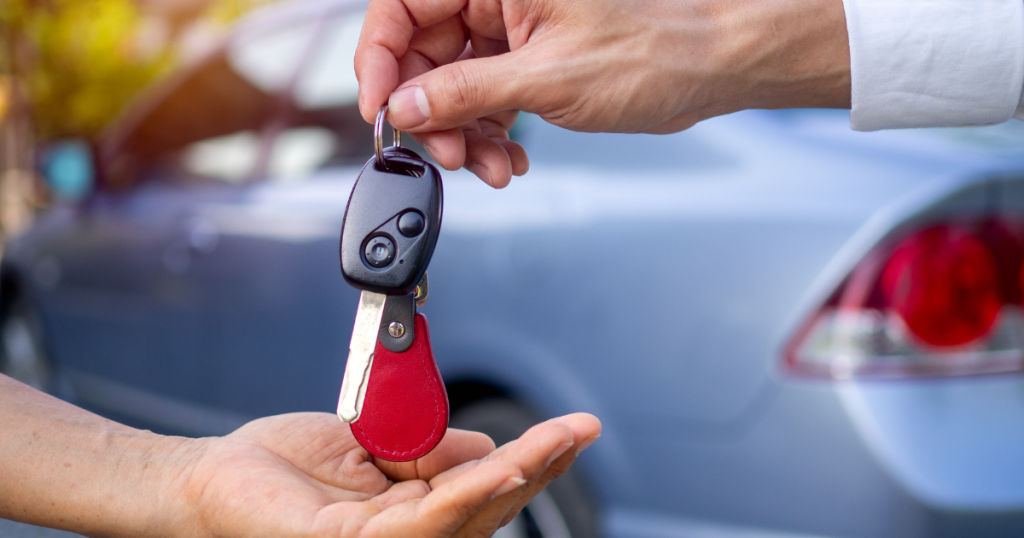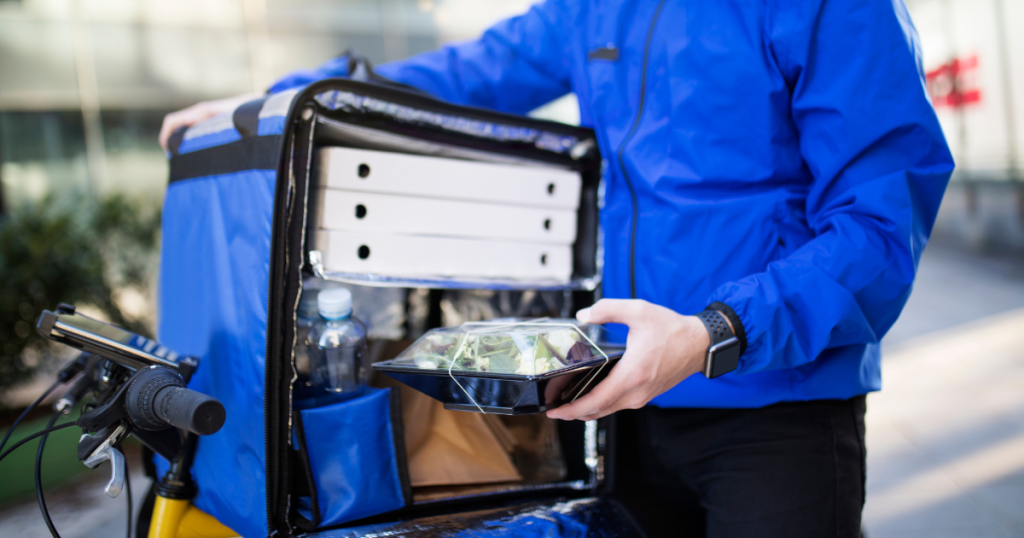While it may seem like ridesharing is 100% out of the picture if you don’t own a car, the truth is – you have options.
To help meet the ever-growing demand for drivers, companies, including Lyft and Uber, have added methods for those without cars.
If you’re looking to get out on the road but don’t have a vehicle or even have the wrong kind of vehicle, this is everything you need to know.
Vehicle Requirements for Rideshare Driving
The big app-based rideshare companies have guidelines for driver’s vehicles. While it may seem counterintuitive, as getting more cars on the road is usually a priority for these companies, the last thing they want to do is put unsafe or impractical vehicles on the road.
Generally, these guidelines are that any rideshare vehicle must have at least four doors and cannot be more than 15 years old.
A vehicle cannot have a salvage title or have been reconstructed or rebuilt. And a big one: companies like Uber blatantly say that there may not be any cosmetic damage on the vehicle, including missing pieces.
Every rideshare driver must also provide insurance information to have their application approved. Failure to do so, or having an insurance policy on the car without your name on the policy can lead to application denial.
So with these regulations in mind, what can you do when you don’t have a vehicle or don’t meet these guidelines? Below are a few recommendations.

1. Rent a Car via a Rideshare Company
Generally, rental cars cannot be used unless they are rented through a partner of your chosen rideshare company. In the case of Lyft, the company partnered with Express Drive to get cars to drivers without another option.
Lyft’s Express Drive Program
Lyft offers an online application to get the process started. Keep in mind you’ll need to meet the requirements and wait for your application to be processed.
The program relies on partnerships with Flexdrive and Hertz. Benefits of the program, as outlined by Lyft, include:
- Flexible pricing plans – numerous plan types, including insurance, maintenance, and roadside assistance.
- No long-term contracts – seven-day rental intervals
- Fuel-efficient, high-quality vehicles – options are all 2018 or newer and include hybrids and electric, depending on location.
Uber’s Rental Program
Uber has created a car rental option that drivers can rely on. The program is marketed as a way for drivers to use an electric vehicle if their primary vehicle is not.
Rental partners include Hertz, Flux, Sally Avis, and more! For a complete list of partners, visit here. Benefits, as outlined by Uber, include:
- Flexible low-commitment rentals (no or low upfront costs and no long-term contracts)
- Option of unlimited mileage, basic maintenance, and insurance.
- Rental or weekly rental options
Find out more information about Uber’s rental program and start your application here.

2. Peer-to-Peer Rentals
Companies like HyreCar are designed to get cars to gig workers who don’t have another option. Plus, if you’re not looking to go through a lengthy leasing process, this can be a great choice.
Rather than renting a vehicle from a company with a lot full of cars, these peer-to-peer companies keep the exchange between those lending their car and those borrowing it. Benefits of working with HyreCar include:
- Flexible rental times
- Included commercial ride insurance
- Cross-platform work (an alternative to direct partnerships between rideshare and rental companies)
- Integration of rental with rideshare profile
Owners are referred to as autopreneurs and can help those who aren’t using their cars to generate passive income.
This process works similarly to companies like Airbnb, in which someone can rent out their home when not in use to keep income flowing.
Read more about the HyreCar process to get started.

3. Budget a Car
If you don’t want to put money into a rental car with nothing to show for it, purchasing a car may be a logical next step.
Purchasing a used car will be much more affordable than a new car, and you can factor the payments in to fit your rideshare profits.
For example, break down how many hours you would need to drive in order to make a car payment.
If your car payment is $200 a month and you make $20 per hour, that is 10 hours of work you’ll need to do in order to make the payment.
Spread over four weeks, that’s just 2.5 hours per week of work to afford that new car. While purchasing a car for ridesharing is not a reality for all, it may be something to consider in a pinch.

4. Opt for Delivery Instead
If you can’t get your hands on a vehicle, it may be time to reconsider your options. Not having a vehicle does not mean you cannot freelance at all.
Instead, you can choose a new approach, such as food or grocery delivery.
Food delivery with companies like DoorDash is a great alternative to bring in money on your own accord with the help of a bike, scooter, or even walking!
Though, this option only works in specific scenarios and locations. For example, delivering without a car is easier, if not a better choice, in concentrated cities with heavy traffic.
And that’s simply because it’s easier to maneuver the less amount of space you take up.
Not sure which is right for you? Compare food delivery and rideshare driving here.
Final Thoughts
If you’re looking to take on the gig economy but just don’t have a vehicle, there are options to get you there.
Whether you’re looking to pay an upfront fee to get it out of the way or you need small manageable payments to get started, there are options for making it work.
You might also consider alternative methods to gigging that don’t require you to own a vehicle or finance one. Instead, you can deliver with the tools you already have.
Before committing to any option, be sure to carefully consider what makes the most sense for your location and needs.
Happy gigging!
